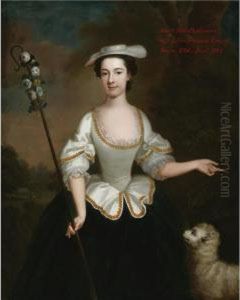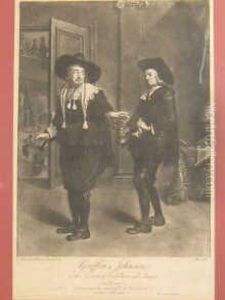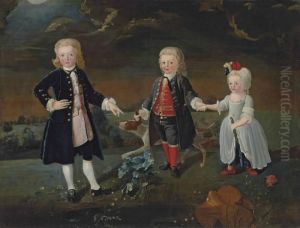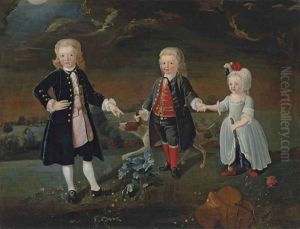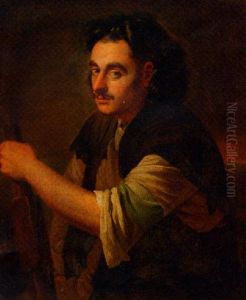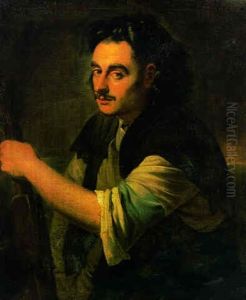Pieter van Bleeck Paintings
Pieter van Bleeck, born in 1695 in The Hague, Netherlands, was a notable artist of the 18th century, primarily recognized for his skilled portraiture and engraving. His artistic journey began under the tutelage of his father, Richard van Bleeck, a respected portrait painter. This early immersion into the world of art profoundly influenced Pieter, setting the foundation for his future career. Beyond his father's guidance, Pieter sought to broaden his artistic horizons, which led him to England, a move that would mark the next significant phase of his career.
In England, Pieter van Bleeck's talent in portraiture quickly garnered attention, allowing him to establish himself within the vibrant London art scene of the 18th century. His works from this period reflect a keen eye for detail and a profound ability to capture the essence of his subjects, traits that made his portraits highly sought after. Beyond portraits, van Bleeck also engaged in engraving, contributing to the dissemination of art through printed reproductions. His engravings, characterized by meticulous craftsmanship, played a pivotal role in circulating the works of contemporary artists and those of the past, thus influencing the taste and aesthetic sensibilities of the period.
The artist's contributions to the art world during his time in England were significant, with his works being collected by notable patrons and institutions. Despite his success, detailed records of his life, including his interactions with other artists and his exact impact on the art community, remain somewhat scarce, reflecting the broader challenge of documenting the lives of artists from this era. Pieter van Bleeck's death in 1764 marked the end of a career that, while perhaps not as widely recognized today, played a crucial role in the development and appreciation of portraiture and engraving in the 18th century.
Throughout his career, Pieter van Bleeck exemplified the qualities of a dedicated artist committed to his craft, navigating the challenges of an ever-evolving art world. His legacy, preserved through his surviving works, continues to offer insight into the artistic milieu of 18th-century England, showcasing the skill, creativity, and vision that defined his artistic journey.


